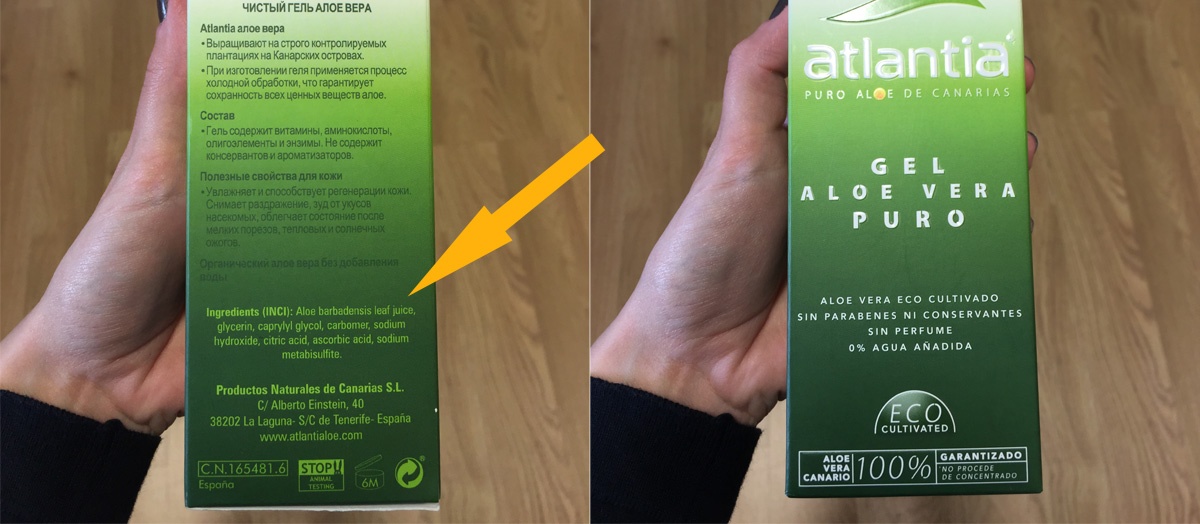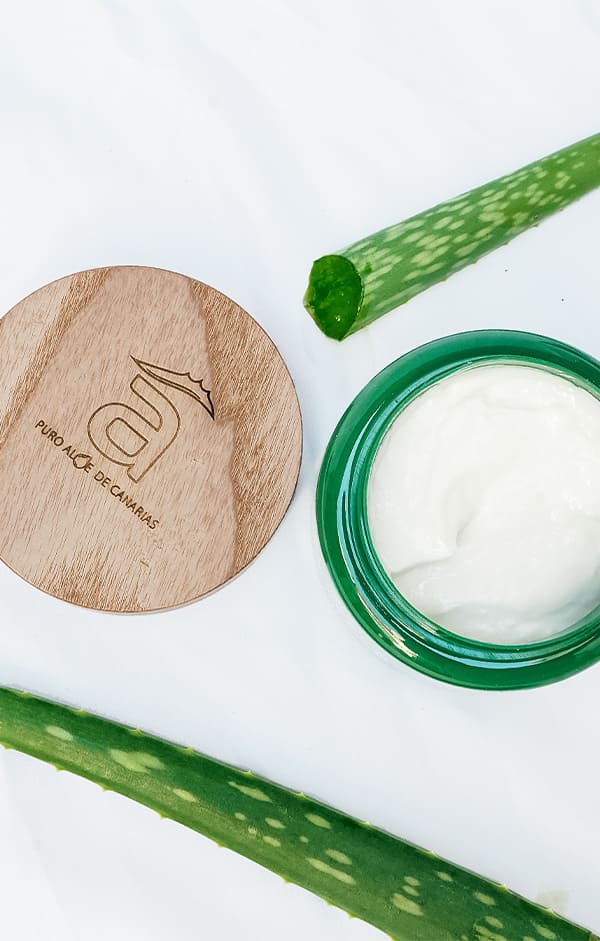The so-called International Nomenclature of Cosmetic Ingredients (INCI), is a naming system for all kinds of cosmetic products based on scientific names and other languages, such as Latin or English.
The concept of INCI was developed in the US in the 80s by the CTFA (Cosmetic Toiletry and Fragrance Association). Although it was from 1998 when the European Union imposed the use of this nomenclature.

Basic rules for interpreting an INCI
As declared by law, manufacturers are required to show the list of the product ingredients (INCI) on its container. These are some of the basic rules on how to interpret ingredients for cosmetics:
Ingredients listed by quantity in descending order
The INCI ingredients are ordered from highest to lowest proportion of content. Namely, in this context we could say that the order of the factors, does alter the product. This rule is vital to check the veracity of a cosmetic product.
Such is the case of the current Aloe vera market, where we can find commercial containers that boast of being made entirely of the plants’ active ingredients, which appear at the end of the INCI.
At Atlantia we take very seriously our ethical commitment to the consumer. Below, you can check the INCI of one of our favourite products: PURE ALOE VERA GEL:

Furthermore, bearing in mind that water (or Aqua) is the most widespread ingredient among conventional cosmetics, we can see that in our PURE ALOE VERA GEL, there is no such substance in the INCI. What we can find, is barbadensis aloe: Canary Islands own Aloe vera.
At Atlantia we take very seriously our ethical commitment to the consumer
CI number (Colour INDEX)
For cosmetic colourants, which are placed at the end of the INCI, you must use the CI number (Colour Index) on the ingredients labeling, followed by its corresponding number.
With this article, we hope to educate consumers, avoiding those cosmetic products where the advertising does not correspond with the reality of the INCI; a rather worrying situation in the current Aloe Vera market that affects us directly.




